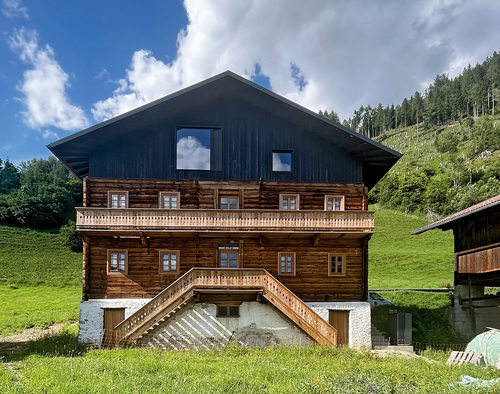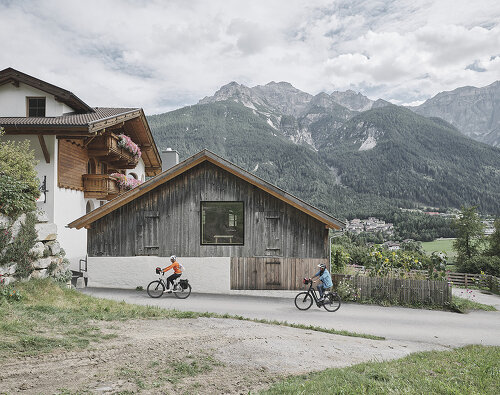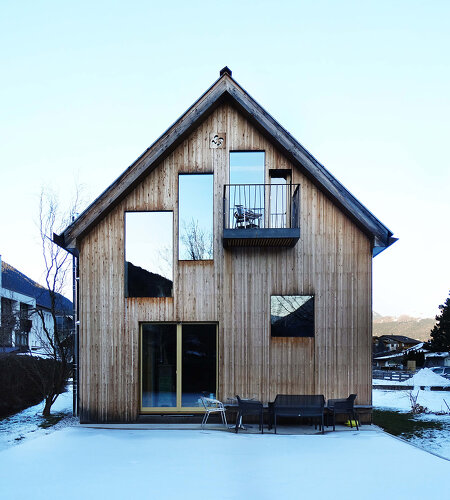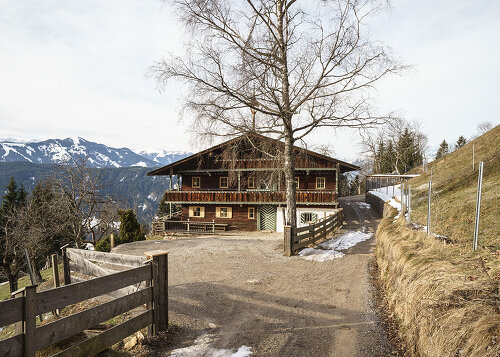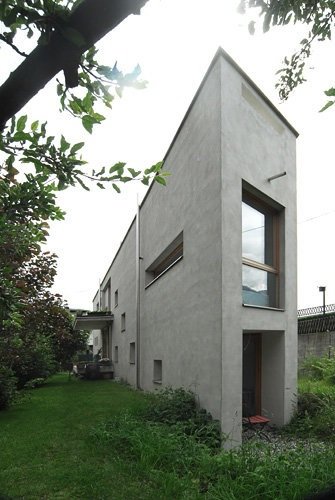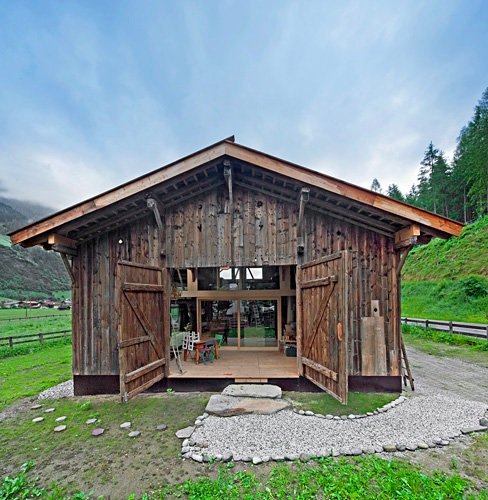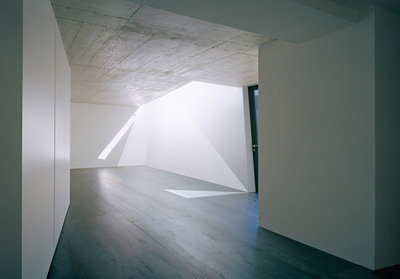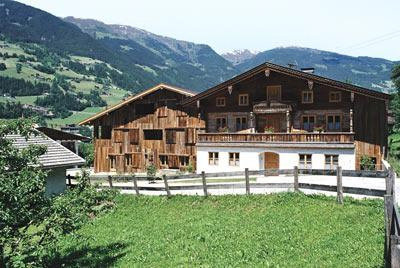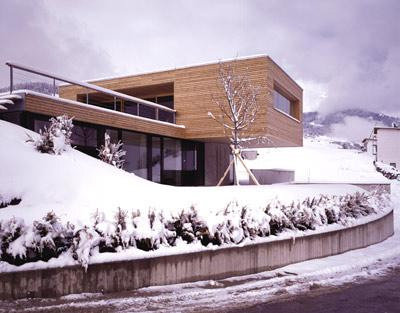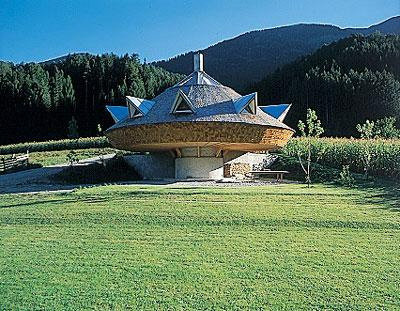Revitalisation farmhouse D
Architecture: Stadt : Labor – Architekten (2022-2024) In 2024, the revitalisation received a recognition award from the Tyrolean State Prize for New Building. At the request of the client, it is not possible to visit the building.
The revitalisation of the farmhouse in East Tyrol is an example of how historical buildings can be made fit for the future through careful renovation and the installation of modern technology, without losing their original charm. The exterior of the farmhouse remains virtually unchanged, while the interior surprises with a two-storey kitchen and an attic that has been converted into a large, column-free room, both of which have been completely lined with larch wood.


